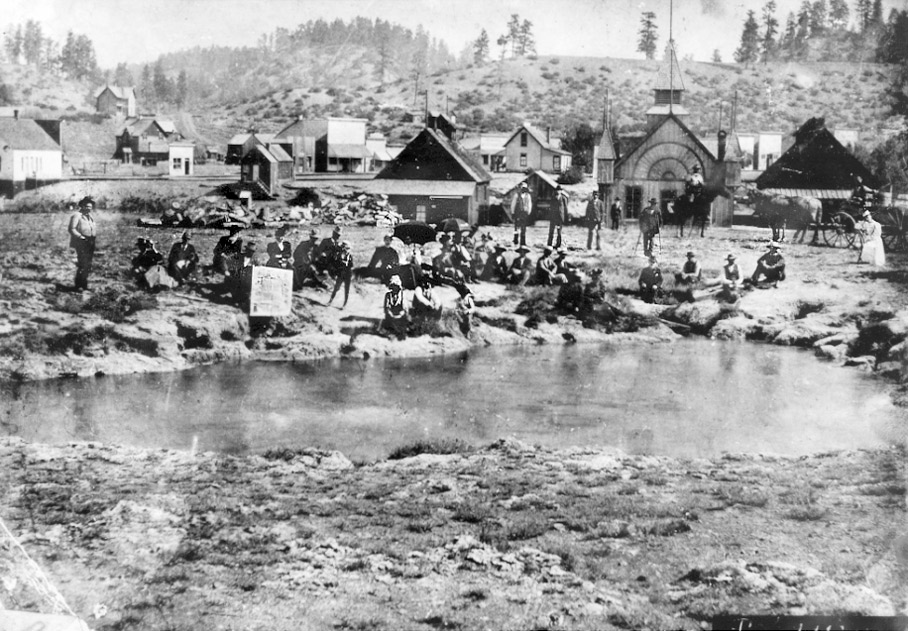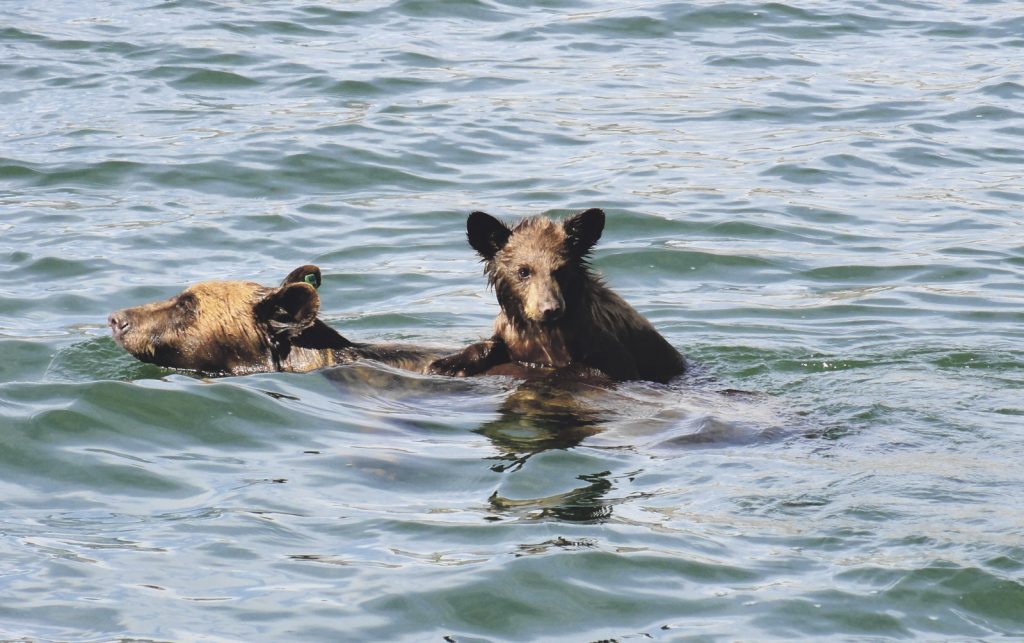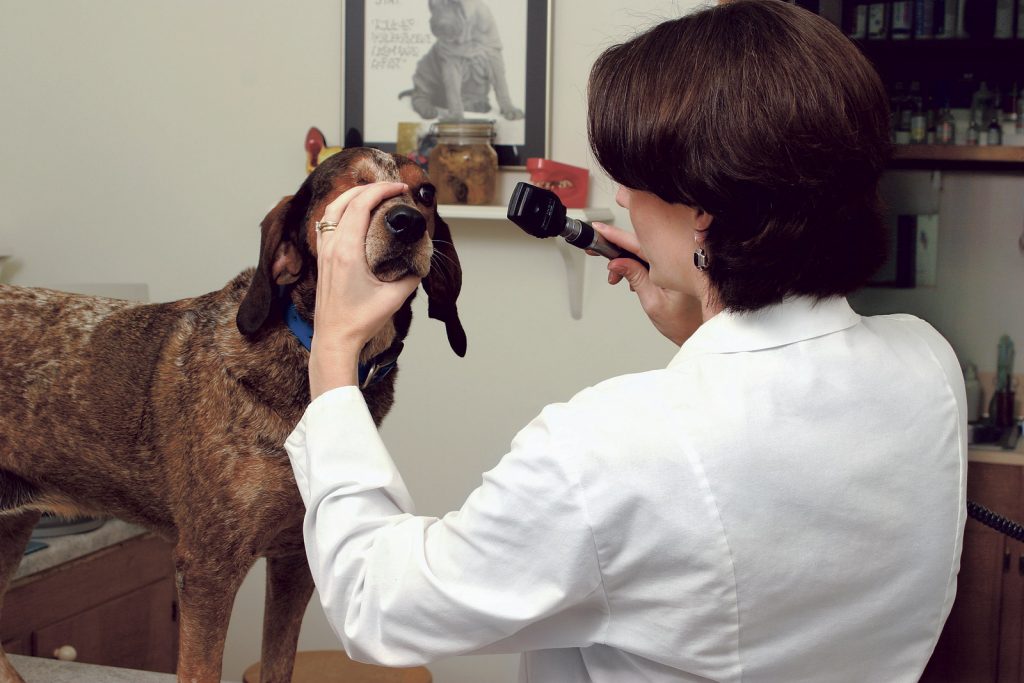
Come on in, the water’s fine!
For centuries, the waters in Pagosa Springs have drawn visitors who wish to take advantage of the healing qualities of the world’s deepest natural hot spring.
Prior to the arrival of Hispanic and Anglo settlers, members of various tribes of Native Americans came to heal and refresh themselves in the local waters. Historians report that Native Americans preferred to coat themselves with mud mixed with the mineral water rather than soaking directly in the pools. The rationale was simple: at 144 degrees Fahrenheit, undiluted spring water is far too hot for a pleasurable soak.
Although early Hispanic and Anglo settlers took advantage of the hot springs from time to time, the healing properties of the waters remained largely a local secret. Eventually, however, word was passed regarding the “magical properties” of The Great Pagosa Hot Spring and travelers sought out the medicinal qualities of the water. Since then, visitors from all over the world come to seek out a healing experience that had once been known only to the local inhabitants.
Experience the ‘magic’
Local spin has it that the Ute term, “Pagosa,” describes the mystical qualities of the legendary Great Pagosa Hot Spring, repeating the apocryphal tale that the phrase translates as “Healing Waters.”
Alas, the truth might be much more hackneyed, but no less descriptive: local historian John Motter writes that, “According to the dictionary prepared under the auspices of and with the help of Southern Utes in Ignacio, Pagosa comes from two Ute words meaning ‘stinking water.’”
Certainly, there is an unmistakable aroma accompanying the springs, but are they really also healing waters? You can judge for yourself, but abundant testimonials say, “yes.”
And while Native Americans visited the geothermally heated waters, certain the Great Spirit had endowed the bubbling cauldron with superhuman virtues, reverence for the “Healing Waters” has not abated with passage of time. In recent years, The Great Pagosa Hot Spring has attracted more visitors than ever before. And why not? It is a unique experience, providing comfort and relaxation unmatched anywhere.
Making it all possible is The Great Pagosa Hot Spring, that bubbling fountain of natural mineral water and the world’s deepest hot spring.
How can we make the claim of “the world’s deepest hot spring?” Because the Guinness Book of World Records says so! A judge from the New York office of the Guinness Book of World Records visited Pagosa Springs to verify measurements on The Great Pagosa Hot Spring made by Durango-based hydrologist John Casey.
How deep is it? We wish we could say. So far, attempts to plumb the depths of the spring have defied the best efforts to find out. When Casey dropped a 1,002-foot long plumb line into the “mother spring,” it didn’t hit the bottom; instead, the plumb line ran out. So now, the official measurement is 1,002 feet and, according to the Guinness Book of World Records, that’s the deepest hot spring in the world.
Prior to that, however, the depth of the spring had been measured using a 2,500-foot plumb line. The same thing happened: before the plumb line reached the bottom of the spring, the line ran out.
So, the mystery remains unsolved. Deeper still, however, is the mystery of our water’s ability to soothe, heal and relax even the most harried soul. Visit the site of the spring and experience it for yourself. Take the opportunity to avail yourself of Pagosa’s healing waters, its mystery, its spirit-rejuvenating properties and, yes — its magic.
World’s Deepest Hot Spring Read More »




